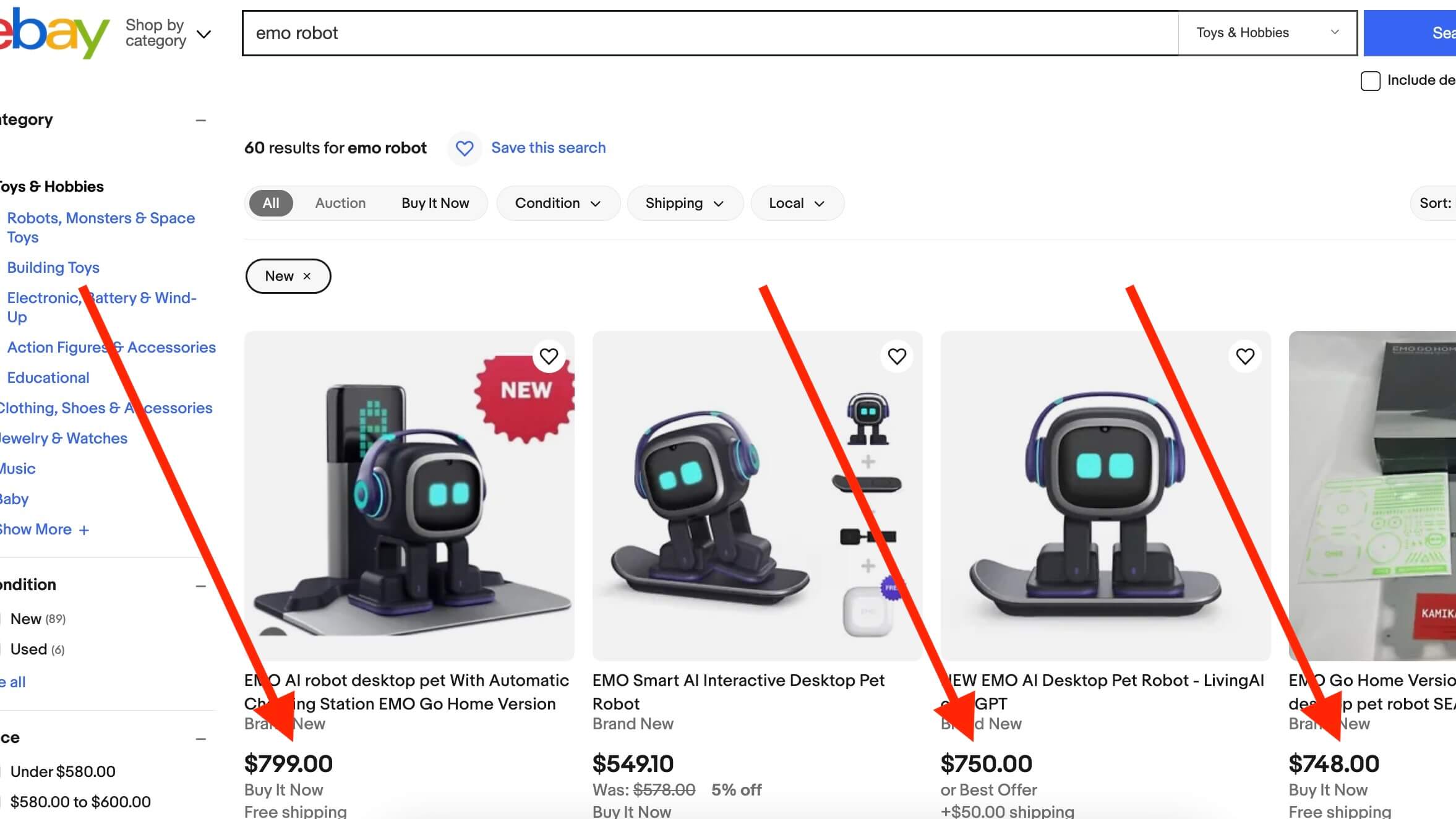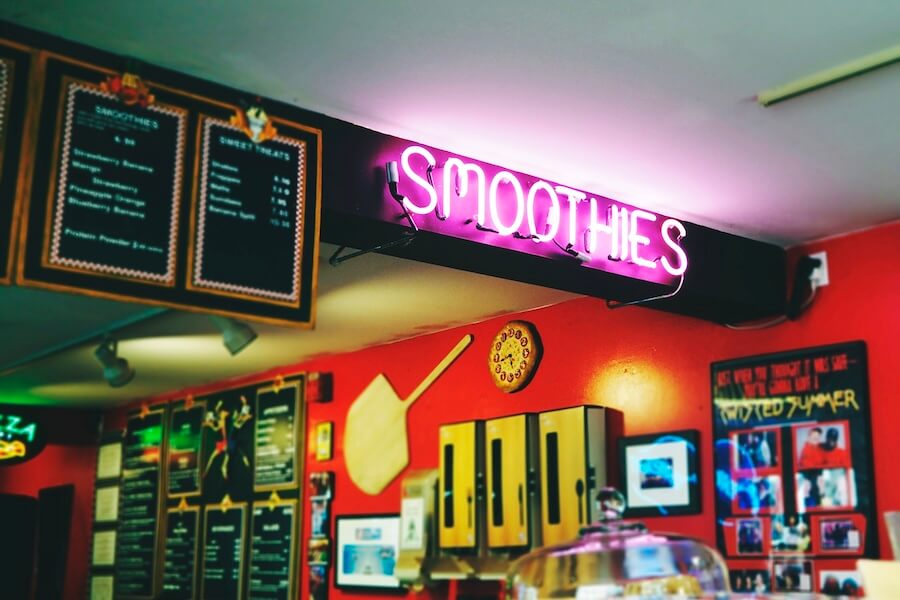How to price products. The method that helped me increase gross profit by 4.5 times [Calculator]
We asked Daniel Gordon, who has 8 years of hands-on experience in online sales, to tell us about the most effective pricing strategy in e-commerce for now. Daniel revealed how to price a product by cost-plus pricing model: showed calculation on real example, gave a formula, and shared a calculator that would help quickly do pricing for your items.
What indicators you need to calculate product price
The most suitable pricing strategy for e-commerce (especially for B2C business model) is the cost-plus pricing model. According to this method, we have to find all expenses related to purchasing or manufacturing items, then add a fixed margin, and compare the final price with competitors.
When I implemented this strategy and eliminated price chaos in my stores, gross profit increased by 4.5 times.
1. Prime cost
If you purchase products from a supplier, the prime cost is just amount of money you paid for each unit.
Example
If you bought 100 items for $1,200, the prime cost is 1,200 / 100 = $12.
Also we can consider logistic spending: if delivering 100 things to your warehouse costs $80, I’d recommend adding $0.8 to the prime cost for each item.
If you produce products yourself, the prime cost is a sum of money you spent on raw materials and the labor costs directly involved in the constructing, divided into quantity of manufactured product.
Example
For fabricating 15 wooden tables you purchase materials (wood, nails, glue) for $1,000 and paid carpenter, who build the tables, $800. In this case prime cost is (1,000 + 800) / 15 = $120.
2. Fixed costs per item
Fixed costs are costs that don’t rely on the quantity of sold or produced items:
- office and warehouse rent;
- taxes;
- staff salaries;
- tools subscriptions;
- site maintenance.
In order to find fixed costs per item, you need to add all fixed costs and divide them into planned sales per month.
Example
My monthly fixed costs are $6,000 and I plan to sell 4,000 items. So my fixed costs per item are 6,000 / 4,000 = $1.5.
3. Variable costs per item
It’s costs that rely on quantity of sold or produced items:
- customer acquisition costs;
- packaging materials;
- shipping expenses.
As in the previous case, you need to summarize all variable costs and divide them into planned monthly sales.
Example
My monthly variable costs are $11,000 and I plan to sell 4,000 items. So my variable costs per item are 11,000 / 4,000 = $2.75.
4. Competitor prices
It’s the item prices of direct competitors on the platform where you are going to sell your product. Usually I take the first three prices from the search results.

Example of competitor prices on eBay
5. Percentage of minimum expected profit (margin)
It depends on the niche. For clothes it could be 100%, for toys — 30–40%. Just google it for your category.
Pricing calculation example (and formula)
What product pricing formula I use
(Prime cost + Fixed costs per item + Variable costs per item) * (1 + Percentage of minimum expected profit) = Price
Collect the data
Let’s imagine that I spent $15,200 to buy 800 lamps:
- Prime cost — $19.
- Fixed costs per item — $1.2.
- Variable costs per item — $2.3.
- Competitor prices: competitor 1 — $23; competitor 2 — $30; competitor 3 — $31.
- Percentage of minimum expected profit — 30%.
Calculation product price
(19 + 1.2 + 2.3) * 1.3 = 29.25
Competitor prices comparison
The central thing about pricing I’ve learned in 8 years of my entrepreneurial experience is that competitor prices considering is essential, especially if you sell on marketplaces where dozens of other sellers might trade the same product.
Let’s look at how I’d make competitor prices comparison if used numbers from the sample above:
- Сalculation showed that recommended price is $29.25.
- Competitor 1 ($23) is significantly cheaper, we can’t compete.
- Competitors 2 and 3 ($30 and $31) are closer to our calculated price, we can adjust to them.
As a result I’d increase the recommended price ($29.25) to $29.99. We still would have a lower price tag than the leading competitors but gain an additional income of $0.74.
Сalculator that helps to find the right product price
Use the calculator below to determine your product pricing:
Add the article to your bookmarks to always have this calculator on hand.
